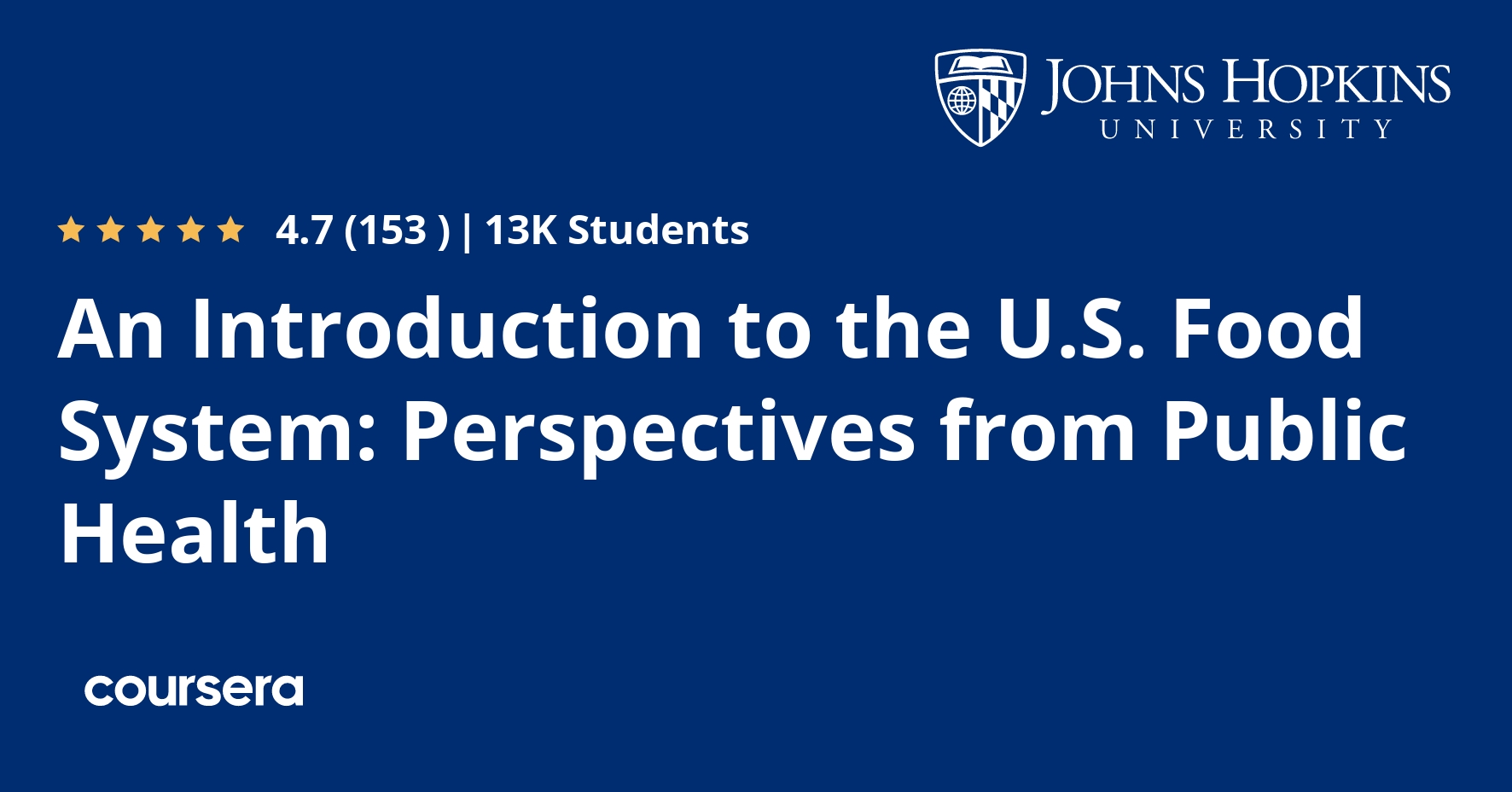Description
A food system encompasses the activities, people and resources involved in getting food from field to plate. Along the way, it intersects with aspects of public health, equity and the environment. In this course, we will provide a brief introduction to the U.S. food system and how food production practices and what we choose to eat impacts the world in which we live. We will discuss some key historical and political factors that have helped shape the current food system and consider alternative approaches from farm to fork. The course will be led by a team of faculty and staff from the Johns Hopkins Center for a Livable Future. Guest lecturers will include experts from a variety of disciplines, including public health, policy and agriculture.
What you will learn
Is Climate Change Vindicating Malthus? Food Security and the Right to Food
Welcome to our short course on the U.S. food system. In this first series of lectures, we dig into the very important concepts of food systems, food security and intergenerational equity and begin to explore what we eat, how that food is produced, and how our dietary choices impact our health and the health of the planet. This broad overview lecture lays the foundation for the rest of the course.
Food System Sustainability and Resilience
This lesson expands on the concepts of food system sustainability and resilience, and describes strategies that could dramatically improve the food system and the ability of future generations to feed themselves.
Ecological Perspectives on Food Production
The 1938 USDA Yearbook of Agriculture stated, “Essentially, all life depends upon the soil … There can be no life without soil and no soil without life; they have evolved together”. In this module, we will take a very brief look at the importance of methods of food production for sustainability, resilience, food security and health.
Food Animal Production and Public Health
We will now examine the livestock and seafood industries, which we have touched on in previous modules as a key driver of the global food system. As incomes rise around the world, so too does the global collective appetite for meat. Some of our greatest challenges and debates of the 21st century are rooted in the rising demand for animal protein in an era of dwindling resources and climate change. NOTE: This lecture refers to other lectures offered in this or related full for-credit courses at the Bloomberg School of Public Health.






